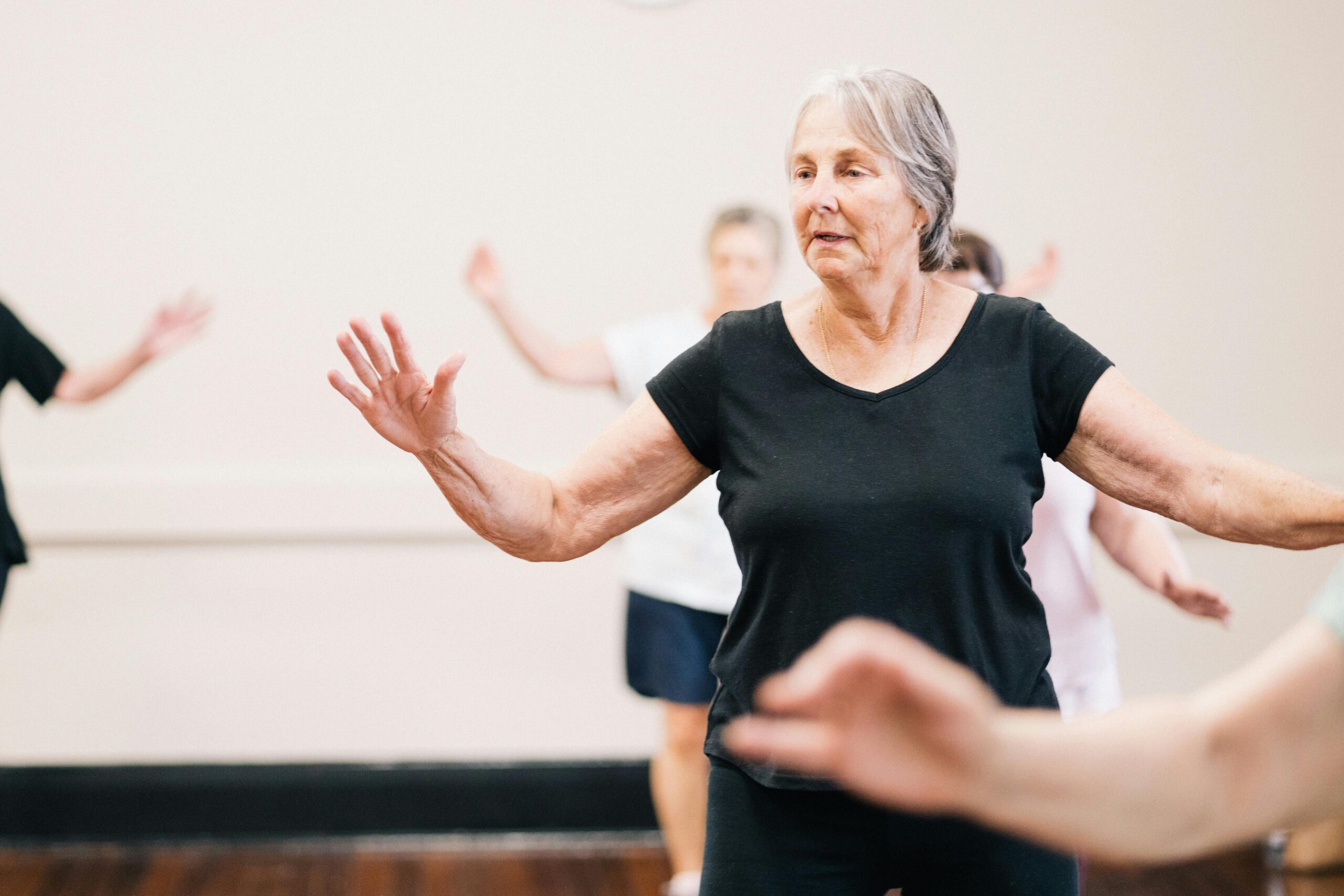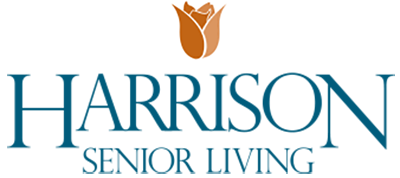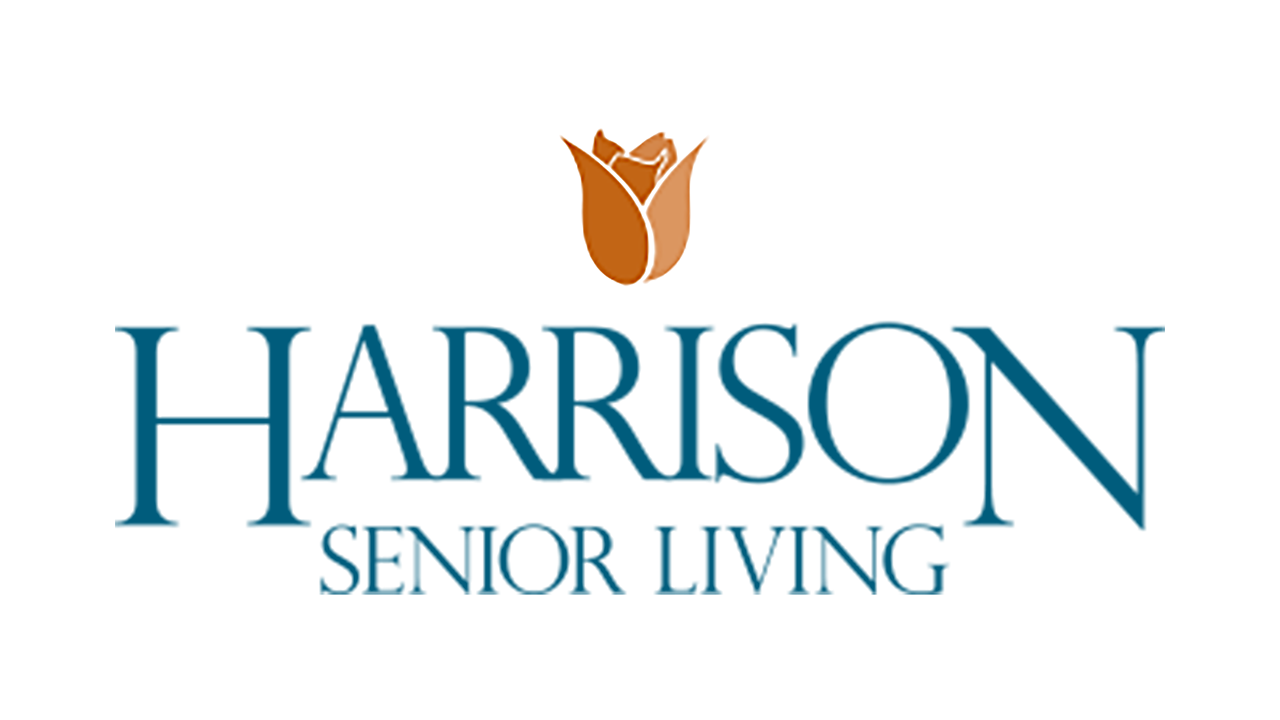Staying Fit After Fifty: The Best Exercises for Older Adults

As we age, maintaining an active lifestyle becomes more important than ever. Exercise isn’t just about keeping fit. It’s the key to a healthier, more vibrant life, resulting in many health benefits. From bolstering heart health to enhancing mental well-being, the advantages are diverse and significant.
However, not all exercises are created equal, especially when it comes to the unique needs of older adults. That’s why we’ll guide you through some of the best exercises for older adults, focusing on improving balance, strength, and flexibility while highlighting certain activities that might be best avoided to prevent injury.
Before starting any new exercise regimen, consult with your healthcare provider, especially if you have existing health concerns.
What Are the Health Benefits of Exercise for Older Adults?
Staying as active as possible (without overdoing it) offers health benefits at any age, but seniors often see more dramatic advantages. For example, exercise helps improve balance, which can lower the risk of falls and other injuries, improve functional mobility, boost cognitive function, enhance the quality of your life, and help you maintain independence. Exercise also releases endorphins, which combat stress hormones to promote healthy sleep and heightened energy. A more active lifestyle can also contribute to the prevention of diseases like osteoporosis and diabetes, and has been shown to reduce the risk of developing Alzheimer’s disease or dementia by nearly 50%.
What Are the Best Exercises for Seniors?
Because of the health benefits of exercise for older adults, more seniors are choosing to get active. But it can be hard to know where to begin — especially if you haven’t worked out in a while. Your go-to exercises from earlier days may no longer be ideal. Luckily, there are plenty of fun, safe, and effective ways to get exercise over the age of 60. Here are six of the best exercises for seniors to try — just remember, be sure to check with your doctor before adding any new forms of exercise to your regimen to ensure they are well-suited to your current health and fitness level.
Walking
Walking is one of the most accessible forms of exercise. However, the ideal distance varies from person to person, as walking can be a more significant challenge for some than others. This activity promotes a healthy lifestyle while strengthening muscles and lowering the risk of heart disease, stroke, diabetes, and colon cancer.
Body Weight Workouts
Muscle loss can lead to hormonal and metabolic issues. Body weight workouts are one of the best ways to reduce muscle loss and atrophy, and they require no equipment beyond workout clothes and a mat. Some ideal body weight exercises for seniors include step-ups, bird dogs, lying hip bridges, and side-lying circles.
Resistance Band Workouts
Resistance bands are strips of rubber that add strength-building resistance to workouts with less stress. They are a very affordable and accessible option for beginners who want to work out at home, and ideal for strengthening your core while improving posture, mobility, and balance. A few resistance band exercises for seniors to try include triceps presses, lateral raises, bicep curls, and band pull-aparts.
Water Aerobics
Water aerobics are extremely popular among seniors because the water adds a natural resistance to the workout while putting less stress on your joints. A few water aerobics exercises that help improve strength, flexibility, and balance include aqua jogging, flutter kicking, standing water push-ups, and arm curls.
Pilates
Pilates focuses on alignment, concentration, breathing, and core strength, helping to build strength without the stress of high-impact exercises. This is another type of exercise that’s great for boosting balance and flexibility. Try the mermaid movement, side circles, food slides, step-ups, and leg circles.
Chair Yoga
Another low-impact form of exercise, chair yoga helps build strength, mobility, flexibility, and balance while putting less stress on muscles, joints, and bones than standard yoga. Here are a few chair yoga exercises for seniors to try: overhead stretch, seated cow stretch, seated cat stretch, seated mountain pose, and seated twist.
What Is the Best Exercise for Seniors to Improve Balance?
Steadiness and balance impact how we move in our day-to-day lives and are vital for the functional mobility that allows us to maintain independence as we get older. As we age, balance and coordination naturally decline, so it’s essential to begin incorporating balance exercises for seniors into weekly fitness routines. Ask your healthcare provider which of these balance-building exercises you should adopt:
- Single-leg stance
- Tree pose
- Heel-toe raises
- Sit-to-stand
- Dead bug
- Side leg raises
- Walking lunges
What Exercises Should Be Avoided After 60?
Many popular, mainstream exercises are not ideal for people over 60-65. There are several that are often included as part of physical therapy programs, so seniors should keep an eye out for these exercises to avoid them:
- Leg Press: This exercise tends to flatten your lower back when you bend your legs, which can damage spinal discs when heavy weight is involved.
- Crunch: Presents the same potential issue as the leg press.
- Running: If you are not an experienced runner and start later in life, your body may struggle to adapt to the high impact level of this exercise, which can cause real damage.
- Upright Row: Many people have tight chest and upper back muscles from sitting hunched forward at a desk job for years, and this exercise can put stress on those already tight muscles.
- Chest Press: Presents the same potential issue as the upright row, squeezing already-tight chest muscles.
- Overhead Press: This exercise is very difficult for older adults to do correctly and can put too much stress on the shoulders when done incorrectly.
- Deadlift: This exercise is also challenging for older adults to do correctly and can pose a high risk of disc injury.
Exercises for Older Adults Are Essential to Maintaining Independence
Adopting an active lifestyle is one of the best ways to maintain our independence as we age. Especially in our later years, it’s essential to proactively prioritize our physical and mental well-being. Another way to do that is to consider not only today’s needs but tomorrow’s as well.
When you think about making this new stage of life easier, more fun, and more rewarding, a senior living community should be something you consider, to support your well-being with activities and exercise programs that promote your health in a safe setting. You should find a provider that offers high-quality care delivered by compassionate and skilled team members in a comfortable environment — whether in an assisted living facility, skilled nursing facility, or even at home. For tips on how to find the best senior living community for your unique situation, read our guide here.

